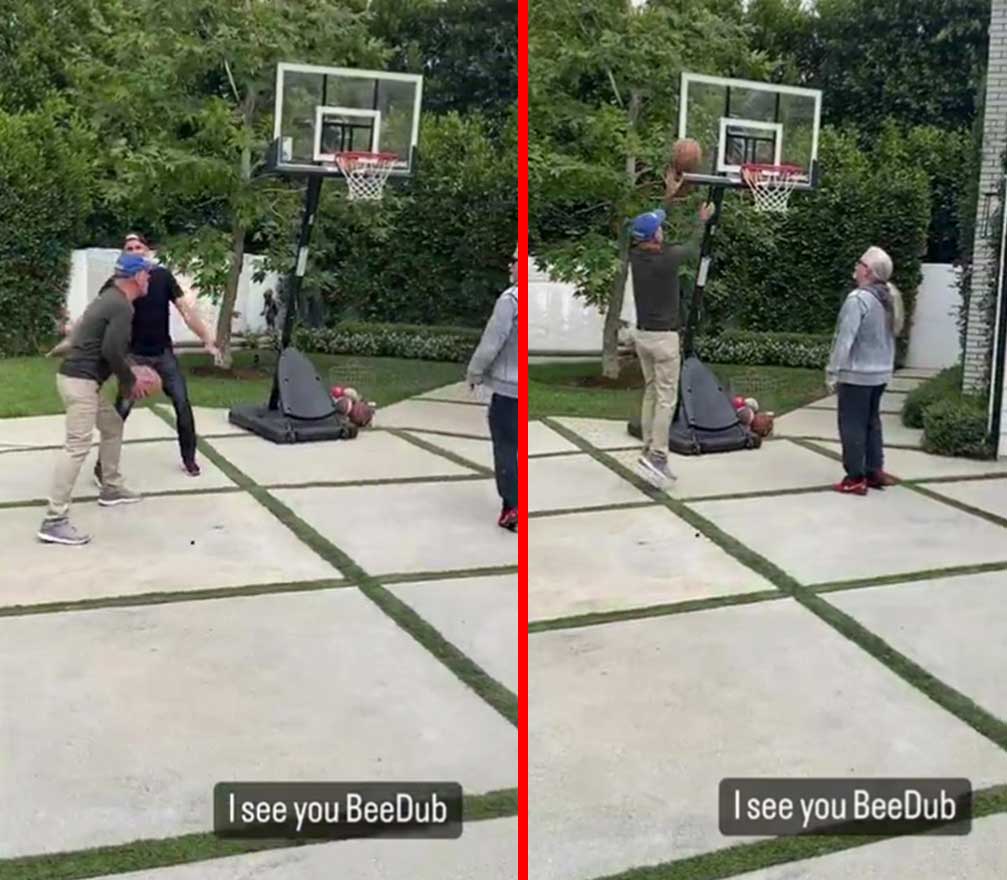Bruce Willis was seen out with pals in Malibu, California on Friday, approximately two months after his family confirmed his aphasia diagnosis. The 67-year-old Pulp Fiction star wore a button-down checkered shirt over a black top, light blue pants, and black shoes, as well as a blue ball hat with the letter B on the front.
On the midday stroll in the opulent Southern California area, Willis was observed eating a snack and holding a cup of coffee.
The Sixth Sense actor maintains an active lifestyle, as seen by a video of him playing hoops with friends that his wife, Emma Heming Willis, 43, posted on Instagram Stories last week.
‘I see you, BeeDub,’ she captioned the video.
The Die Hard star appears to be doing well nearly two months after his wife Emma, ex-wife Demi Moore, and five kids Rumer, 33, Scout, 30, Tallulah, 28, Mabel Ray, 10, and Evelyn, eight, made a joint statement through Instagram March 30 revealing his aphasia diagnosis.
They stated that the Hollywood legend has been suffering some health concerns and was recently diagnosed with aphasia, which is affecting his cognitive ability.
As a result of this, and after careful contemplation, Bruce is leaving the profession that has meant so much to him. This is a very difficult moment for the family, and they are grateful for the continuous love, sympathy, and care.
They said that they are going through this as a strong family unit, and wanted to invite his fans in since they know how much he means to us, as we do to him. Live it up, as Bruce always says, and that is exactly what they intend to do.
Aphasia is defined by the Mayo Clinic as a disorder that impacts your capacity to communicate that may influence your voice, as well as the way you write and interpret both spoken and written language.
The actor’s family did not say what triggered his aphasia, which might be caused by a variety of factors.
The syndrome may emerge as a result of a head injury or stroke, or it may be a precursor to a brain tumor or Alzheimer’s disease.
Patients with the illness are often addressed with speech therapy and taught nonverbal communication techniques.








